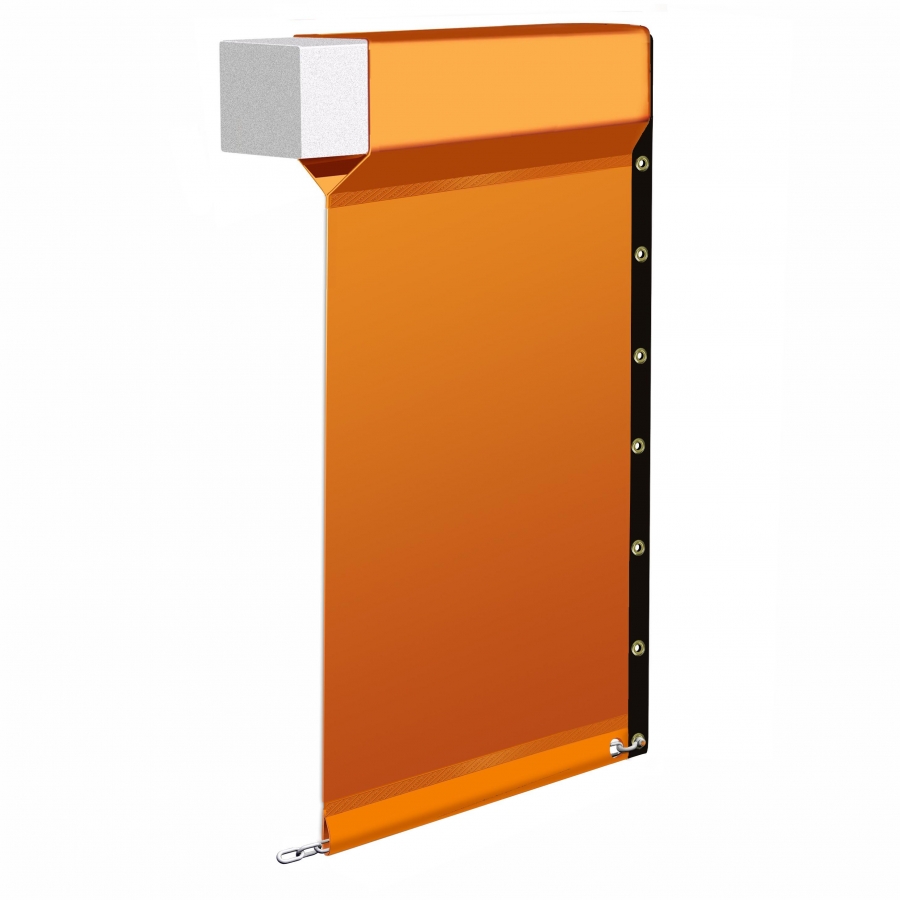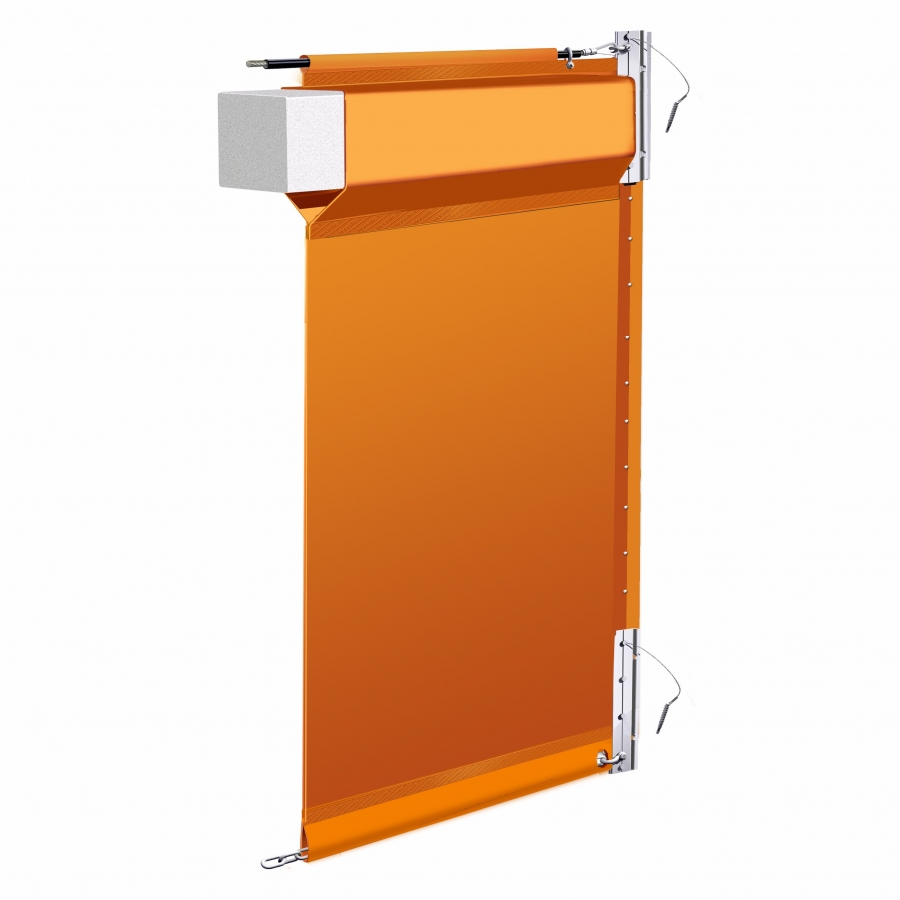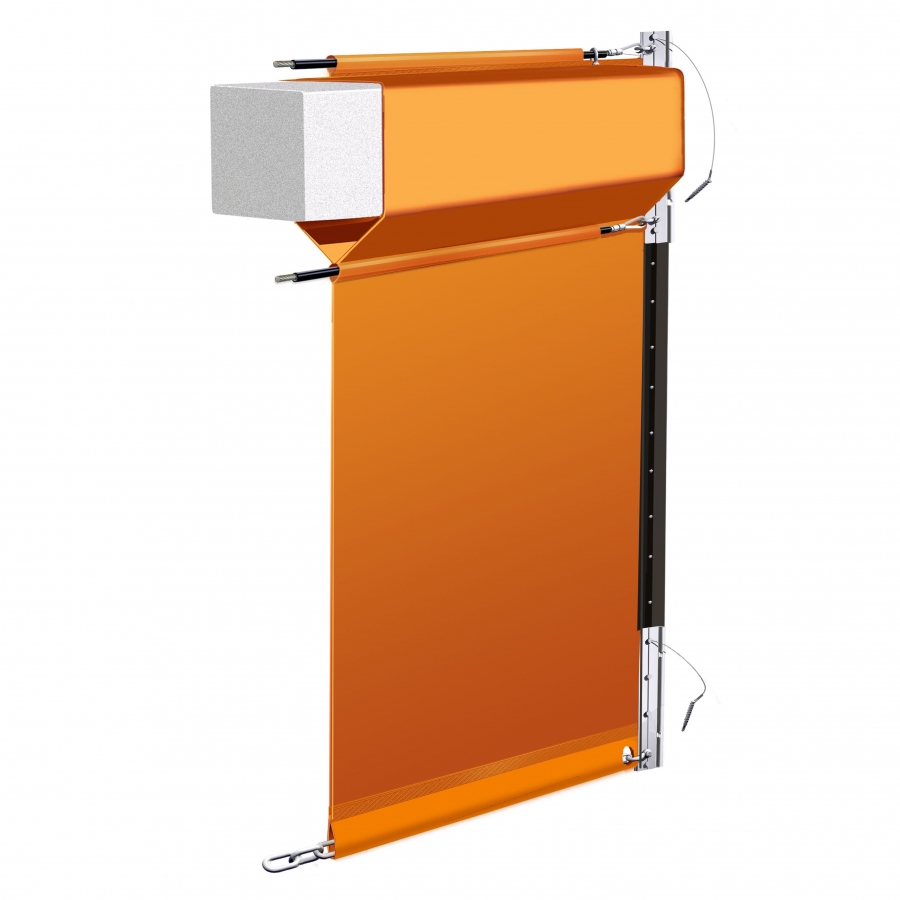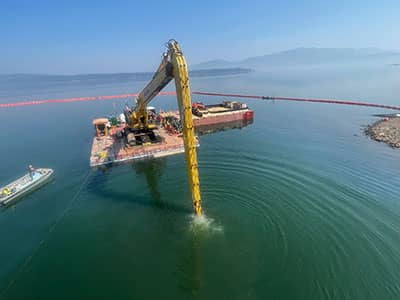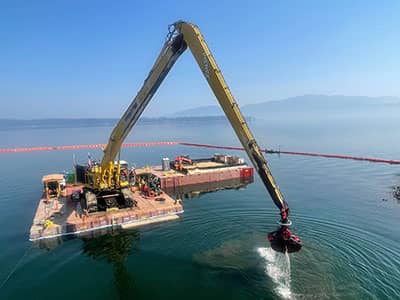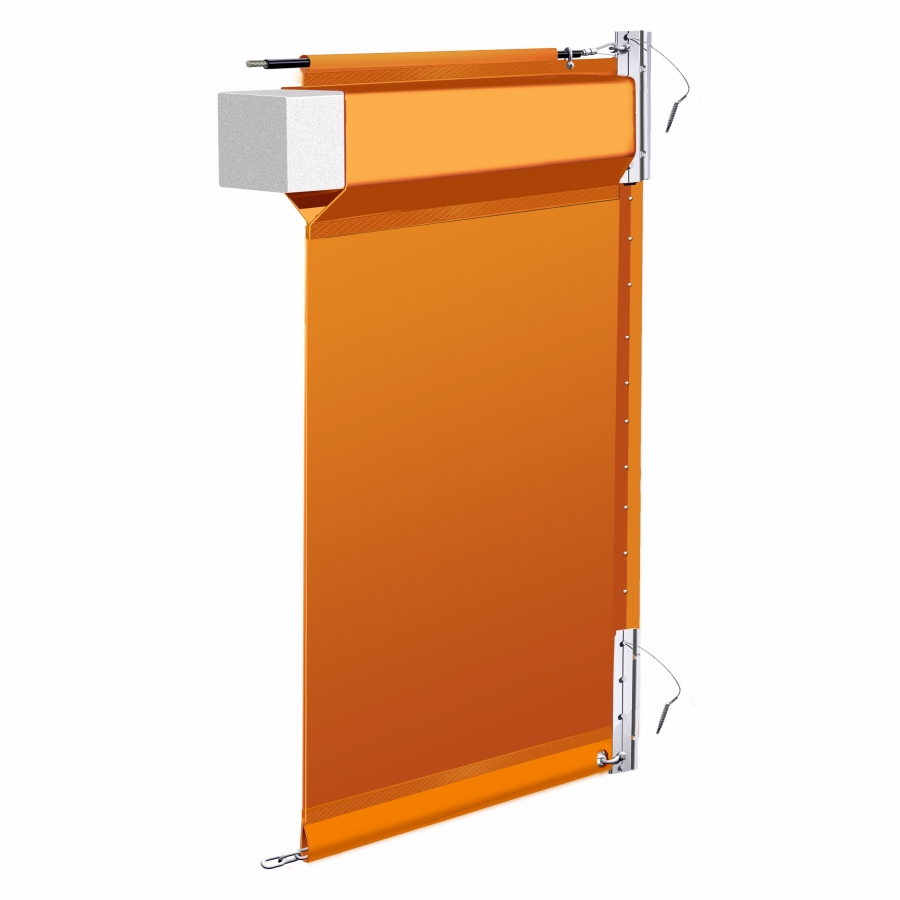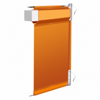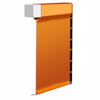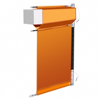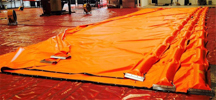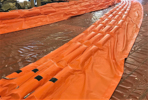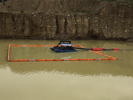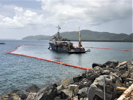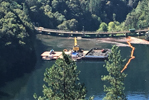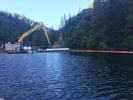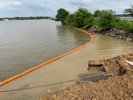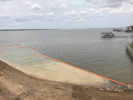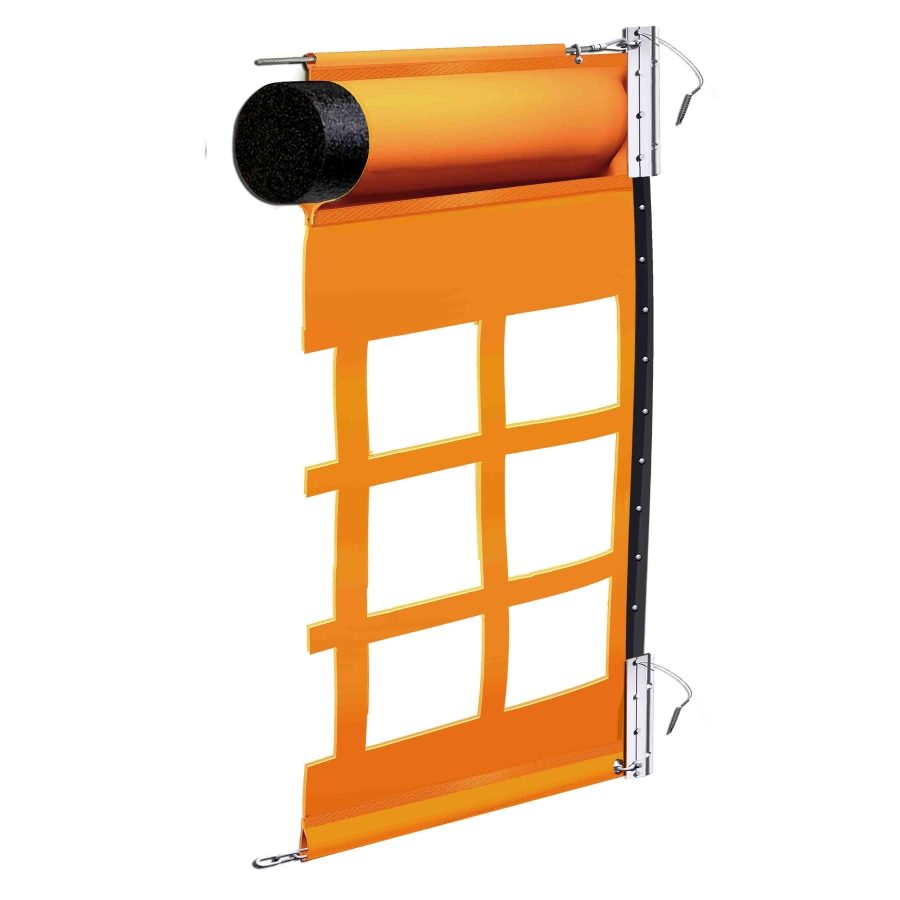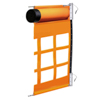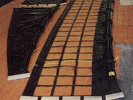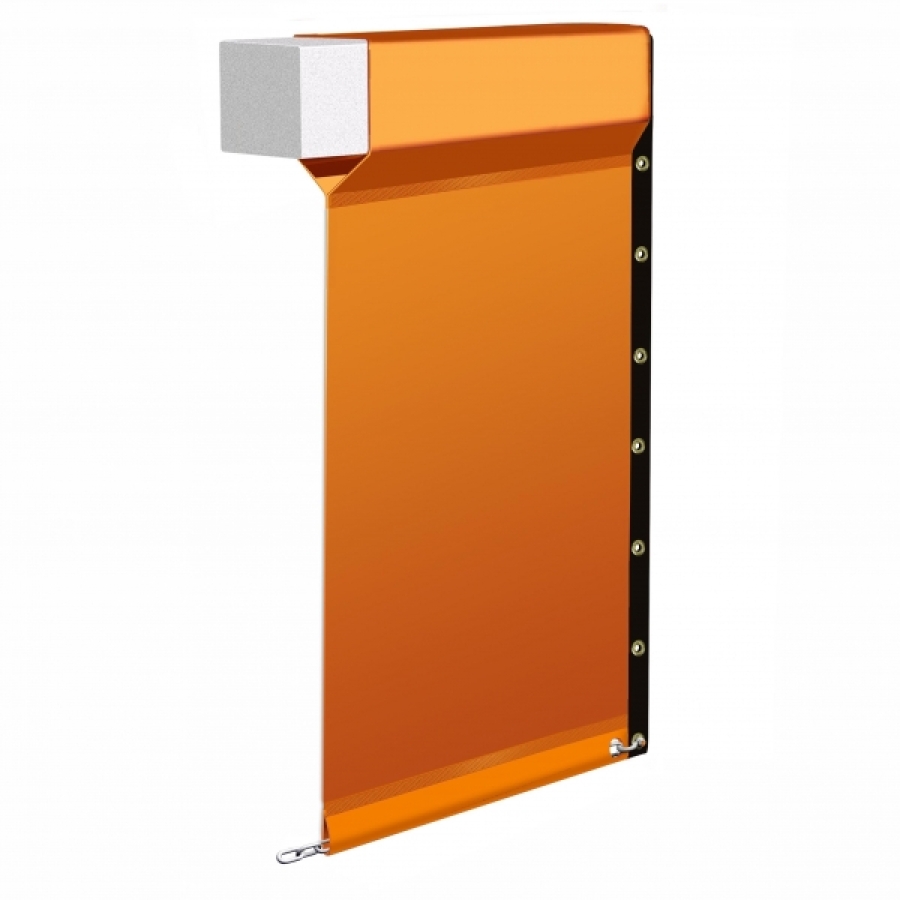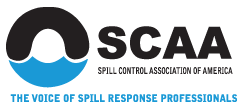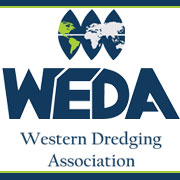- Product Gallery:
Turbidity Curtains, sometimes called silt curtains, silt screens, turbidity barriers, or silt barriers are floating barriers used in marine construction, dredging projects, and similar applications to contain the dispersion of silt and sediment that is suspended during these commercial activities. Turbidity curtains are deployed to keep the project in compliance, to protect the environment, and aid in the proper operation of pumps and other equipment. Texas Boom Company’s Turbidity Curtains support compliance with the Clean Water Act and any state or local Department of Transportation (DOT) regulations. Silt Curtains can be deployed in layers, where multiple silt curtains are deployed in parallel to increase the effectiveness of controlling the silt or runoff. Texas Boom offers a variety of fabric weights and skirt depths depending on project needs. Both permeable and impermeable skirts are available at your request. Type I, II, and III are recommended for slow, medium, and fast-moving waters, respectively.
Available with permeable and impermeable skirts.
Permeable skirts: Silt curtains with permeable skirts allow water to flow through the skirt while containing the silt or sediment suspended in the water. The permeable skirts are fabricated using geotextile fabric that serves as a filter. Permeable skirts are typically used in applications with fast water, waves, or other demanding conditions.
Impermeable skirts: Silt curtains with impermeable skirts completely block the flow of water as it meets the skirt. The non-permeable skirts are fabricated using PVC fabric that does not allow water to flow through the skirt. These are more commonly deployed in applications with slower-moving or still waters and calmer weather conditions.
Need Furling Lines or Reefing Lines? Learn more here.
TYPE I SILT CURTAINS
Type 1 turbidity curtain is suitable for use in protected waters where the effects of the wind, waves, and currents are minimal. Texas Boom manufactures Type 1 DOT compliant silt curtains.
TYPE II SILT CURTAINS
Type 2 turbidity curtains are best used to contain silt and turbidity in moving water applications. Type 2 curtains are manufactured using high strength fabric with heavy-duty tension members. These Type II turbidity curtains are best used in dredging and marine construction areas that experience mild current, wind, and wave activity. Texas Boom manufactures Type 2 DOT compliant silt curtains.
TYPE III SILT CURTAINS
Type 3 turbidity curtains are best used to contain silt and turbidity in water applications with swifter moving water and greater wind exposure. Type III curtains are manufactured using high strength fabric with heavy-duty tension members. These type 3 turbidity curtains are best used in dredging and marine construction areas that experience strong currents and tides, high winds, and greater wave activity. Texas Boom manufactures Type 3 DOT compliant silt curtains.
Applications:
- Dredging
- Bridge construction
- Dam removal and restoration
- Marina/harbor projects
- Pile driving projects
- Port and terminal projects
- Pipeline crossings
- Coastal and shoreline restoration and rehabilitation
- Intake construction
There are lots of options when it comes to customizing your silt curtain to meet your exact needs. Consult with one of our turbidity curtain experts to allows us to help specify a turbidity barrier that will meet your needs without breaking your budget. Texas Boom will provide you with exactly what you need for your project.

